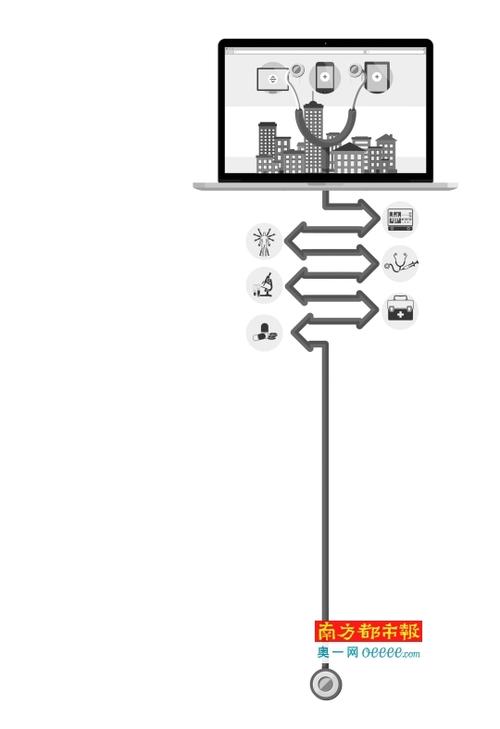Understanding OM Graft: A Revolutionary Technology
OM Graft, a term that has been making waves in the scientific community, refers to a groundbreaking technology developed by Kyoto University’s Sivaniah research group. This innovative method, known as Organized Microfibrillation (OM), has opened new horizons in various fields, from printing to microfluidics. Let’s delve into the intricacies of this fascinating technology and explore its potential applications.
The Birth of OM Technology
In 2019, the Sivaniah research group at Kyoto University made a significant breakthrough by developing a novel structured color printing method called Organized Microfibrillation (OM). This technique involves constructing regular multi-layer microfibers and micro-pores within polymer films. The OM method can print intricate patterns, such as the Mona Lisa, with a resolution of 14,000 dpi, which is over ten times higher than that of conventional printers. This remarkable achievement was published in the prestigious journal Nature in June 2019 and garnered widespread attention from both the scientific and industrial communities.

OM Microfluidics: A New Era in Fluid Control
Building upon the success of OM technology, the research team, led by Dr. Qin Detao, further developed a microfluidic control preparation technique. This technique allows for the creation of structured color microfluidic channels within polymer films with a thickness of just 1 micron. The paper, titled “Structural color enhanced microfluidics,” was published in Nature Communications on May 19, 2022.
Microfluidics is a technology that enables precise control of fluids at the microscale. It involves integrating tiny channels and components on a chip to perform various operations, such as separation, purification, detection, and reaction. The OM microfluidic technique utilizes the micro-pores within the OM structure to control fluid flow with high precision.
Challenges and Solutions in OM Microfluidics
Developing OM microfluidics involves addressing three core challenges:
| Challenge | Solution |
|---|---|
| How to obtain usable OM microfluidics? | By optimizing the experimental parameters, the team was able to create OM structures with the desired micro-pores, enabling the development of OM microfluidics. |
| What are the unique features of OM microfluidic channels? | OM microfluidic channels offer high precision and control over fluid flow, thanks to the micro-pores within the OM structure. This allows for more efficient and accurate operations in microfluidic systems. |
| What are the applications of OM microfluidics? | OM microfluidics has the potential to revolutionize various fields, including diagnostics, drug discovery, and environmental monitoring. Its high precision and control over fluid flow make it an ideal candidate for these applications. |
Applications of OM Graft
OM Graft technology has the potential to transform various industries. Here are some of the potential applications:

-
Diagnostics: OM microfluidics can be used to develop highly sensitive and accurate diagnostic tools for detecting diseases at an early stage.
-
Drug Discovery: OM microfluidics can accelerate the drug discovery process by enabling high-throughput screening of potential drug candidates.
-
Environmental Monitoring: OM microfluidics can be used to monitor environmental pollutants and assess their impact on human health.
-
Food Safety: OM microfluidics can be used to detect contaminants in food and ensure its safety for consumption.
The Future of OM Graft
The development of OM Graft technology is still in its early stages, but it has already shown immense potential. As researchers continue to refine and expand the capabilities of this technology, we can expect to see it play a significant role in various fields in the coming years. The future of OM Graft looks promising, and it is poised to revolutionize the way we approach various challenges in science and technology.




